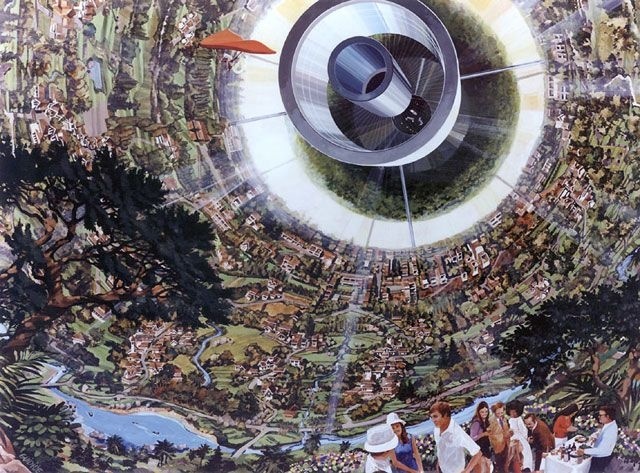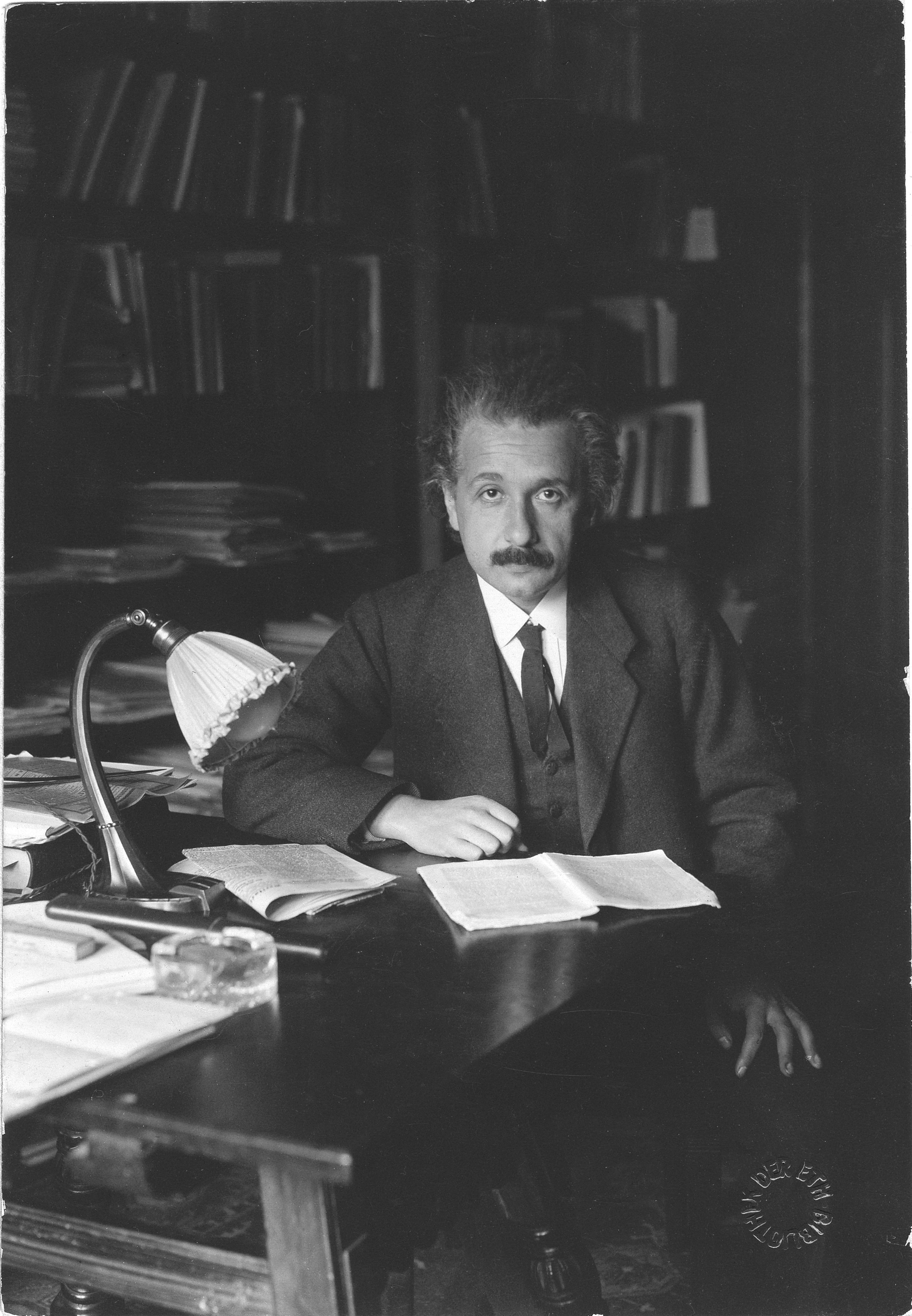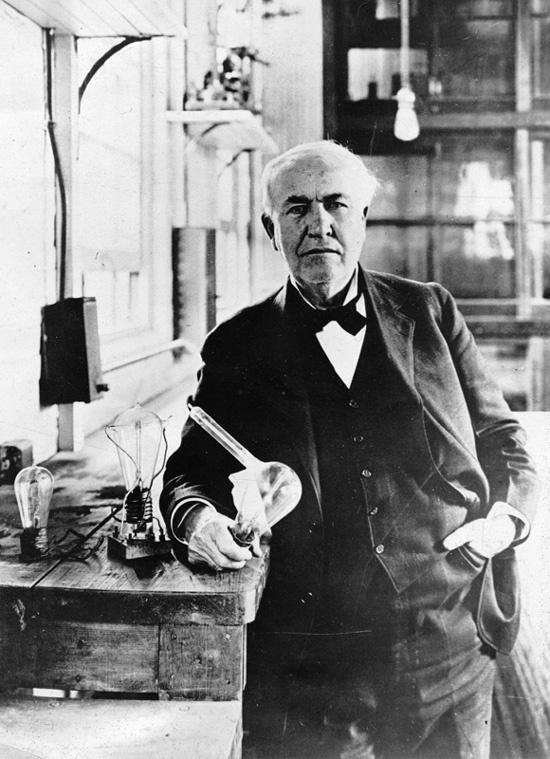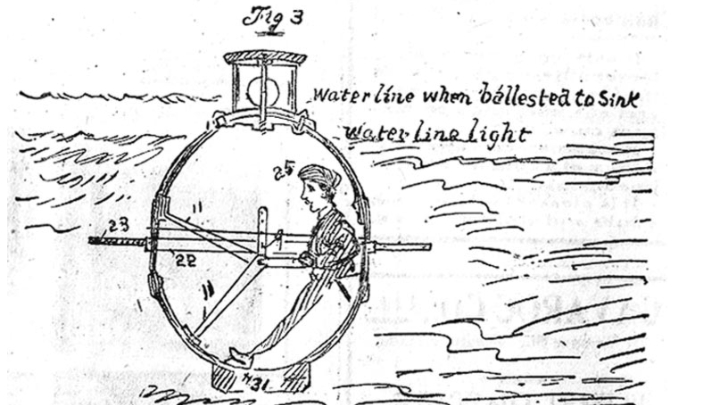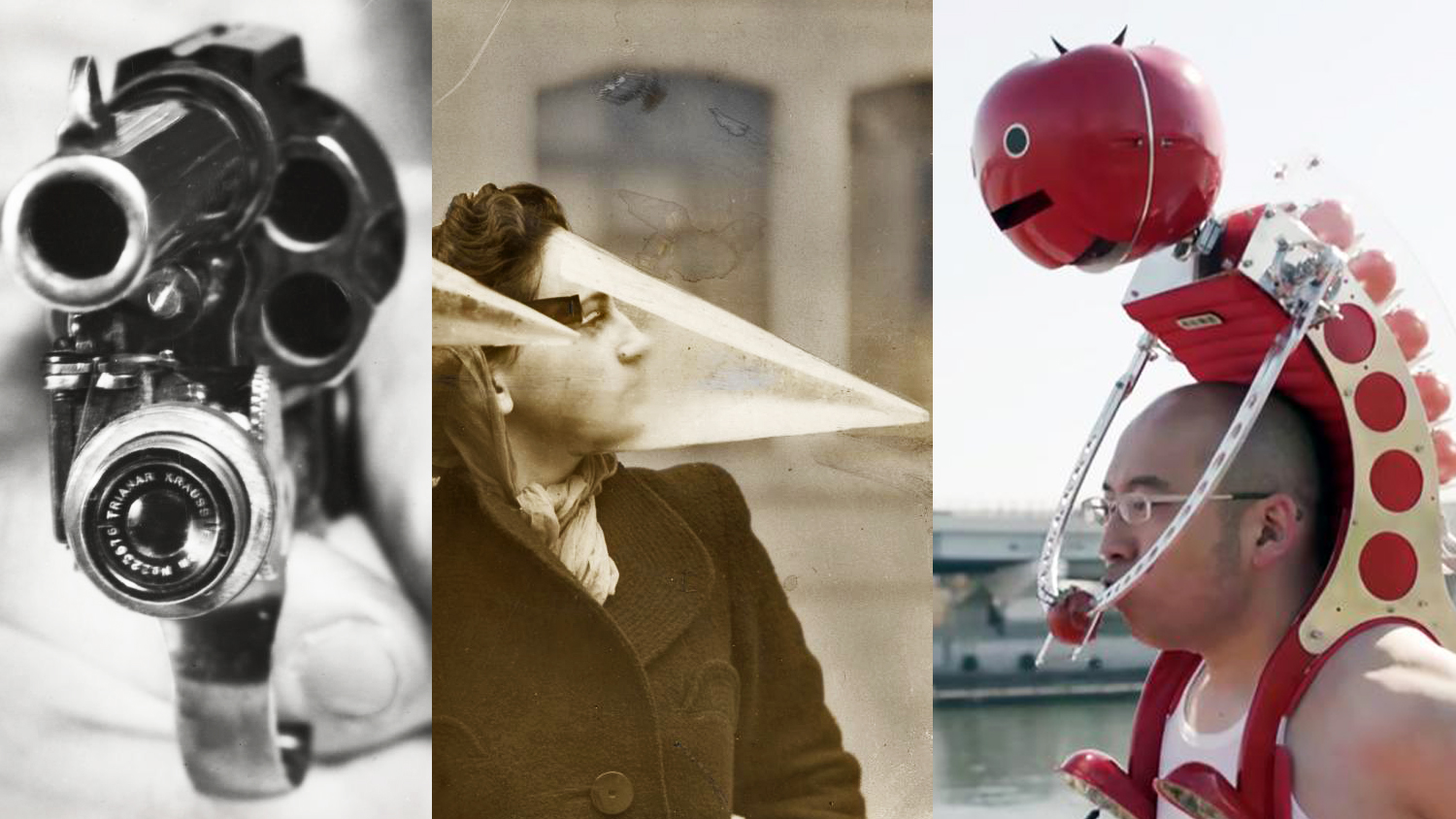inventions
What do the inventions of the future look like?
Famous inventors and scientists submission to the daily grind
“One small step for man” costs a lot of money. Who’s going to help pay the bill for the next bout of space exploration?
▸
with
The most revelatory answers in life come from complex, diverse populations. Technology can open our eyes to what we’re missing and destroy our subconscious biases in one fell swoop.
▸
4 min
—
with
Science gone horribly wrong. This infographic presents inventors where wiped out by their own creations.
It’s an incredibly exciting time to be alive, especially if you’re an explorer. We may have been to almost every point on the globe, but there is so much left to understand.
▸
7 min
—
with
